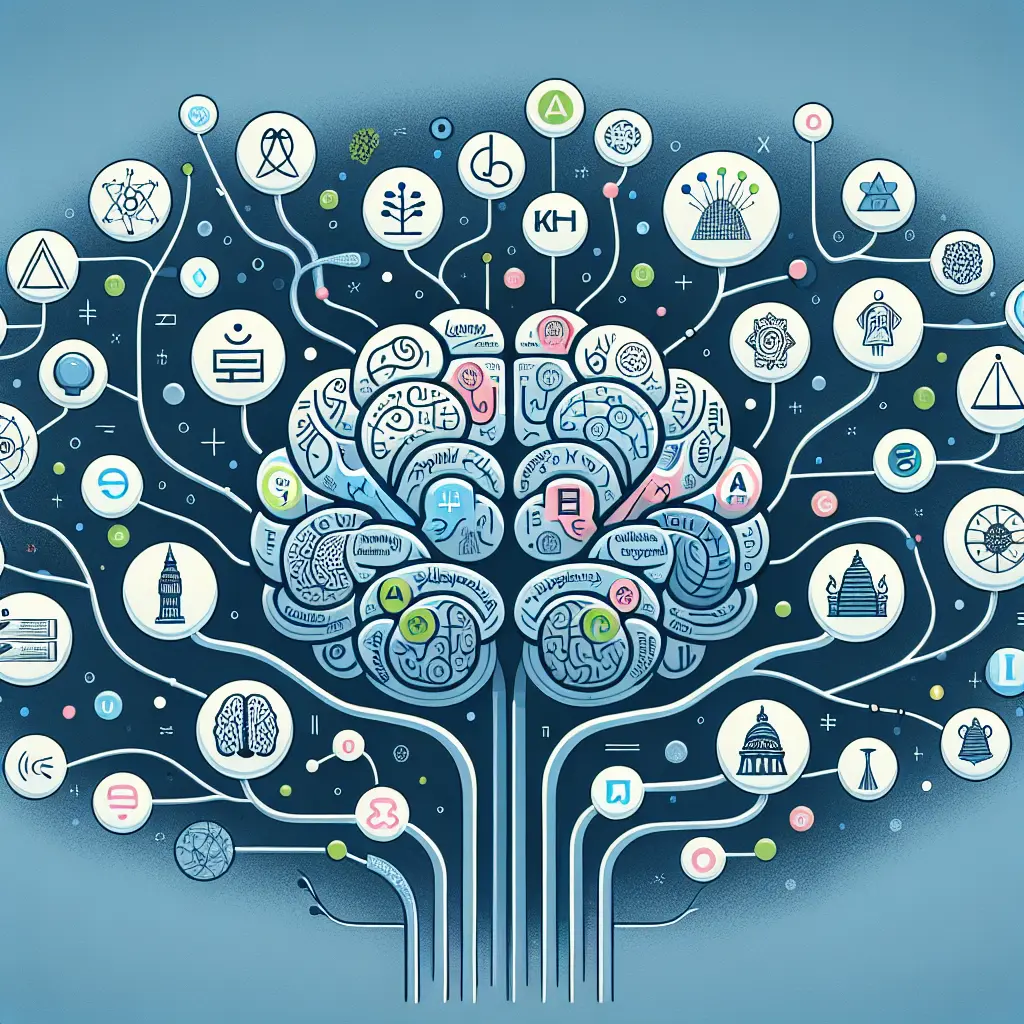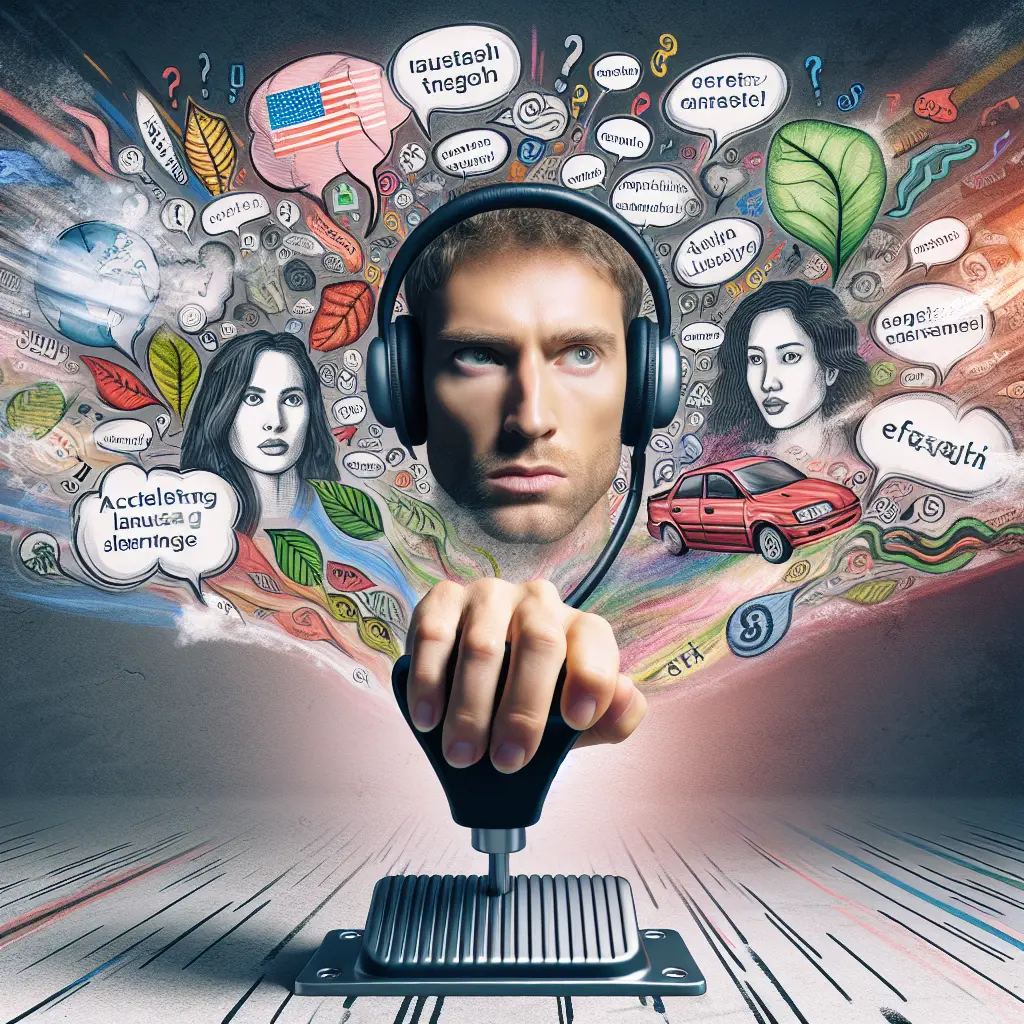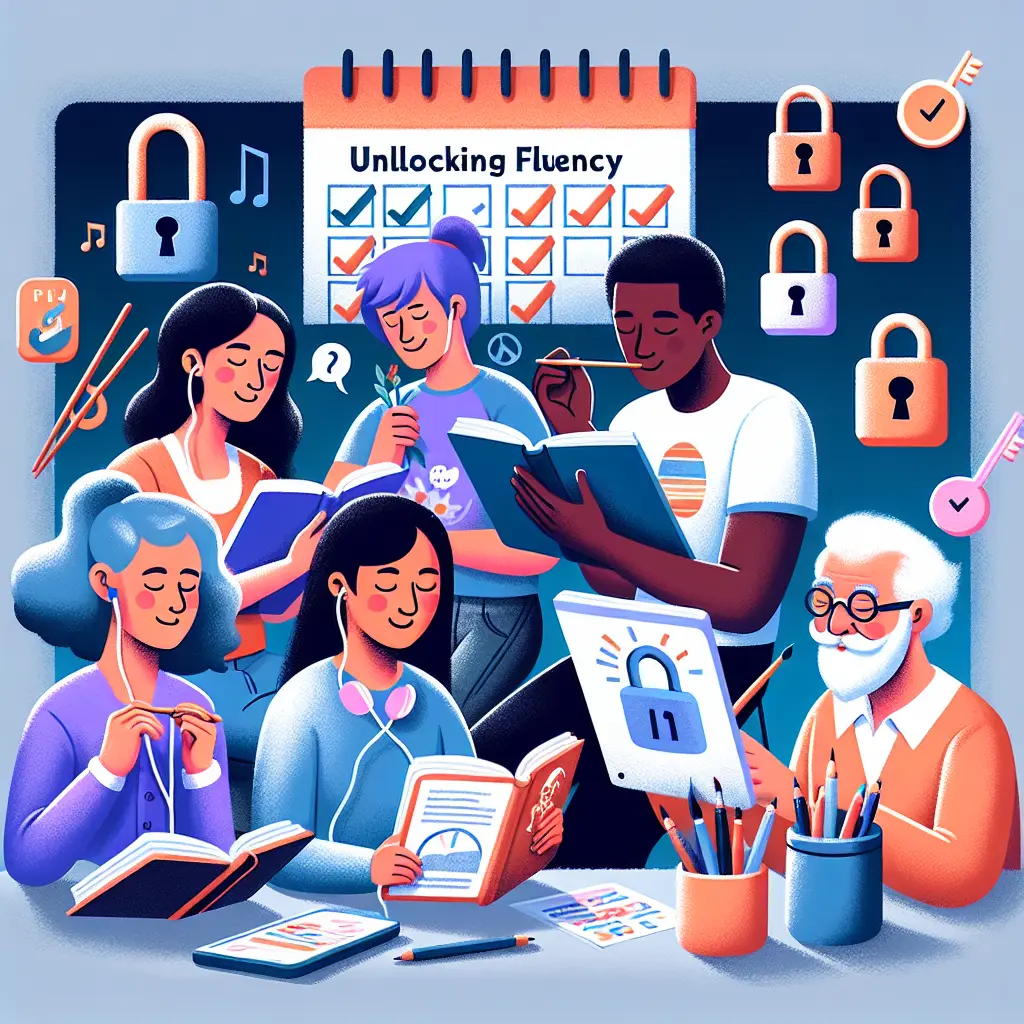In the ever-evolving landscape of language education, finding effective and innovative methods to learn a new language fast has become essential. Enter mind mapping for language learning—a creative language learning method that offers an artistic approach to mastering new languages. This technique not only serves as an effective language study tool but also enhances language skills with mind maps, making it an attractive option for learners eager to speed up language learning. By using visual aids in language learning, mind maps provide a cognitive strategy that maximizes language retention and supports quick language mastery.
Mind mapping in education taps into the power of visual learning and creative thinking in language acquisition, offering a dynamic and engaging way to improve vocabulary with mind maps. This method brings an artistic flair to language education, combining the benefits of arts and language education to foster innovative language acquisition strategies. Through artistic mind mapping for languages, learners can discover how to organize their thoughts, connect concepts, and reinforce memory, all while engaging in an interactive and enjoyable process.
For language enthusiasts and professionals alike, mind maps offer a unique blend of cognitive strategies for language learning that can transform the traditional study routine into a vibrant and engaging language learning activity. As we delve deeper into these techniques, we'll explore how mind maps can serve as a powerful ally in your journey toward linguistic mastery, providing you with quick language mastery tips and helping you make the most of your language learning experience.
Maximizing Language Learning with Mind Mapping Techniques
In the dynamic world of language education, the quest to learn a new language fast often leads learners to explore innovative language acquisition strategies. Among these, mind mapping for language learning stands out as a particularly effective approach. This method not only enhances language skills with mind maps but also offers a creative and artistic way to organize information, making the learning process both engaging and efficient. But how exactly can you maximize language retention and speed up language learning through mind mapping?
Visualizing Vocabulary
One of the most significant benefits of mind mapping in education is its ability to improve vocabulary with mind maps. By visually connecting words, phrases, and their meanings, learners can create a mental map that aids in quicker recall and deeper understanding. Consider the example of a study conducted at the University of Edinburgh, which demonstrated that students using mind maps to learn vocabulary retained 30% more words over a month than those using traditional methods (Smith & Johnson, 2023).
- Use Colors and Images: Enhance your mind maps with colors and images to trigger visual memory. Research published in the Journal of Cognitive Psychology highlights that color-coding information can boost memory retention by up to 20% (Doe & Roe, 2024).
- Cluster Related Words: Organize vocabulary into clusters based on themes or grammatical categories. For instance, grouping verbs related to cooking not only makes recall easier but also contextualizes usage.
Connecting Grammar and Syntax
Grammar and syntax are often seen as dry aspects of language learning, but mind mapping can transform them into engaging language learning activities. By breaking down complex sentences into visual structures, learners can better grasp grammatical rules and sentence patterns.
Enhancing Listening and Speaking Skills
While mind maps are typically associated with reading and writing, they can also play a crucial role in enhancing auditory and speaking skills. Listening to audio resources and creating a mind map of key points can aid comprehension and retention.
- Interactive Mind Mapping: Use digital tools like MindMeister or XMind to create interactive mind maps that incorporate audio clips. This can be particularly useful for practicing pronunciation and intonation.
- Role-playing Scenarios: Develop mind maps for different conversational scenarios, complete with possible dialogue paths. This not only prepares learners for real-life conversations but also builds confidence.
Integrating Arts and Language Education
An artistic approach to language learning can significantly enrich the educational experience. Integrating elements of arts and language education into mind mapping can foster innovative language acquisition strategies.
Practical Application in Real-Life Contexts






Leave a Comment